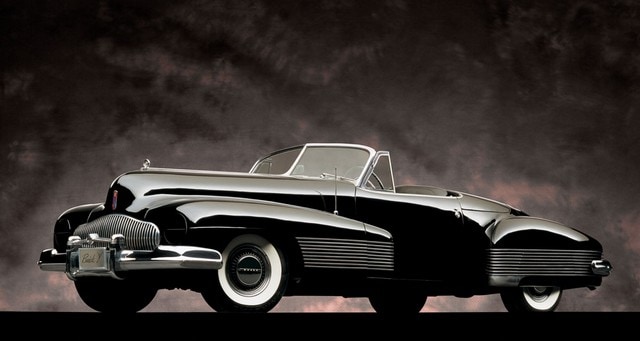The Batman comic first appeared in 1939 and it was published by DC Comics. The Dark Knight was one of the original superhero characters, even though he didn’t have any superpowers. Batman relied on technology and his skills to fight crime. In contrast to all other superheroes who were modeled as perfect and politically correct, Batman was always a dark character. He was plagued by his own demons and always hiding behind his mask.
So, most people could safely say Batman was the first true Noir superhero. However, since Batman relied heavily on his gear, one of the most important parts of his appeal was his car. They named it the “Batmobile” and it was an extraordinary contraption in every way. Batmobiles can shoot missiles. They have radar, autopilot and a host of other features that make fighting crime in Gotham city easier.
But, most of all, Batmobiles have a unique and flamboyant design unlike anything else they’ve created in the automobile world. Even though the Batmobile is a fictional vehicle, numerous manufacturers have presented real-life cars that could match its unique style. Not all were production models. Some were just concepts, but all could be real-life Batmobile, especially if they were painted in black. So keep reading to learn more about the 15 cars that are real-life Batmobiles.
1. Buick Y Job

Arguably, the first concept car in the world was the 1939 Buick Y Job. It was the brainchild of the famous GM designer, Harley Earl, who designed the car for the show circuit. Also, he styled it to show future trends and design solutions. The Y Job was famous for its hidden headlights, smooth lines, and elegant appearance.

However, they built on a regular production chassis and with a standard drivetrain, yet it featured a special interior. Unlike other concept cars that were purely for show purposes, the Y Job was a fully functional vehicle. And in fact, Harley Earl drove it for many years. And, if you look at the design of those early ’50 Buick models, you can see the resemblance to the Y Job concept.
